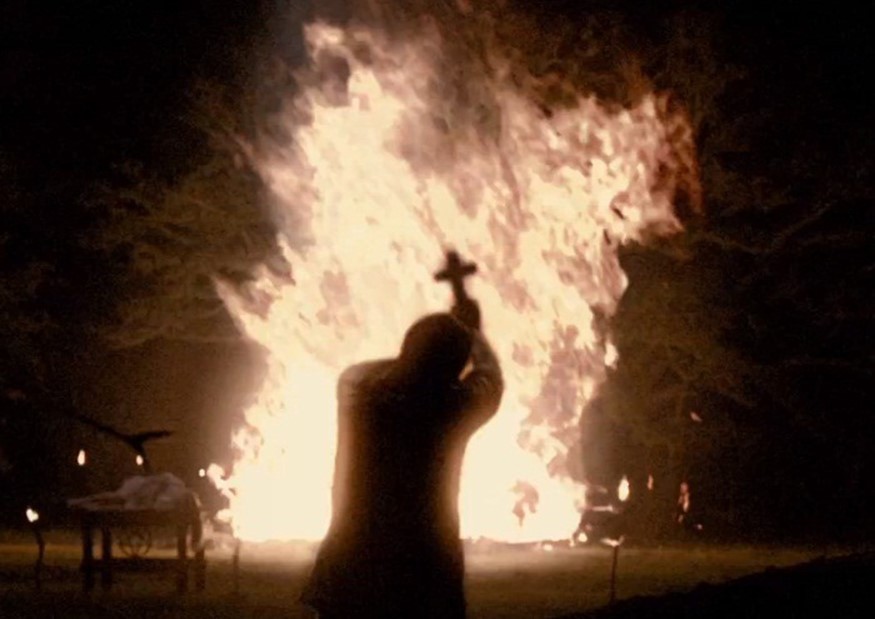The Pizza Of The Future
August 25, 2017 in Daily Bulletin

Andrew Tarantola wrote about Zume, a pizza maker with several innovative ideas:
- Zume’s pizzas start on a production line with machines preparing the dough and saucing the pizza. The system allows them to make over 400 pizzas an hour.
- Delivery orders are loaded onto oven equipped vehicles that use GPS and predictive algorithms to automatically fire up the oven four minutes before arrival, delivering a perfectly warmed pizza.
- The pies are presented in a sugar cane fiber box that help ensure the crust stays crunchy.
- Big data analysis helps the company predict peak delivery periods – such as particular time of days or cultural events like the Game of Thrones finale.
- If demand is particularly high the delivery trucks turn into stationary forward operating bases that quickly make pizzas. Additional delivery scooters are then deployed to the makeshift pizzeria to transport the pizzas.
Read more on Engadget.

















Join the Discussion! (No Signup Required)